The Best Insulation I Have Ever Worked With
*I am a Havelock Wool associate. I earn a small commission if you click on the link below and purchase the product. There is no additional cost to you. Thanks for supporting our website.
My Van Re-Insulating Project
Some of you may have been lucky enough to build your van from a shell. You were able to insulate every nook and cranny of the sheetmetal walls, ceiling and floor. I do envy you, as my mass produced van came with the worst insulation imaginable, firm blocks / strips of dense foam. The kind of foam you might find in a firm seat cushion.
This “insulation” does not breath and holds moisture against the metal of the van as I found out during my project. In addition the hard foam blocks could not fill all the small spaces. I figured if you are going to truly insulate a metal box, you should insulate the entire thing from floor to ceiling.
Luckily I found a FaceBook group where people had shared their insulation projects on my exact van. I thought, there must be a better way to insulate a van that was pre built with poor insulation. I found people mainly using 3M Thinsulate and Havelock wool. As I looked into both products I liked the fact that Havelock wool was a natural product that wouldn’t be off gassing inside the van.
Additionally the Havelock wool could be installed in bats that you could easily trim to size. It can also easily be made into small puffy balls that can be pushed into the ribs of the van and other areas where a bat would not fit. Since my van was already built and I couldn’t remove all the cabinets, this was the perfect product to push into holes and ribs with a long skinny stick or wire.
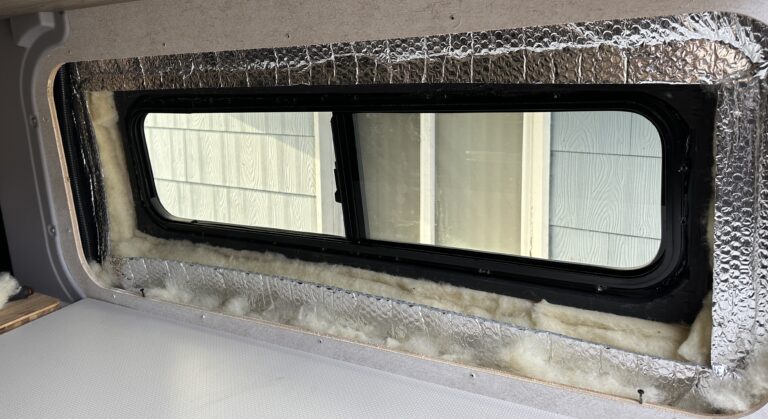
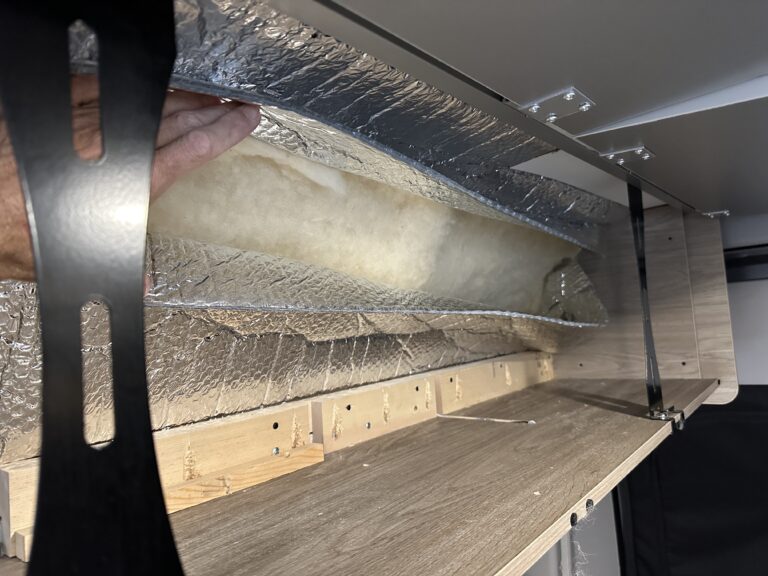
Why Wool
Let’s take a look at some of the benefits of wool in your van.
- All natural – it is a sustainable and renewable resource.
- Suppresses mold and mildew.
- Absorbs sound and works as an acoustic buffer inside your metal box.
- Longer lasting than man made materials.
- No off-gassing.
- Very easy to install.
- No itching or respiratory concerns.
- Resists fire.
- Interior moisture control.
- Wool filters and improves indoor air quality.
- Havelock uses high quality wool, not scraps.
- High R value of 3.6 per inch. A bat’s thickness has an R value of 7
- Biodegradable and compostable.
- You can find more in depth details at their website.
Ease Of Installation
I cannot say enough about how easy it is to work with. From the moment I opened the box and felt the wool, I knew this was going to be a great project. You can stuff your shirt full of this wool and not feel any sort of irritation. There was no need to wear a mask either. I’ve had my share, as we all have, of wearing masks.
The bats are a manageable size (16″ x 48″ x 2″), soft to the touch, easy to tear, cut or make into small balls for stuffing. You can also tie strring to one end and easily pull it They come in a box of 20 bats which cover 100 square feet. So far I have two full boxes in my 2023 Ram Promaster 1500 Winnebago Solis Pocket. I may have room for another 4 bats, but that’s all unless I really start taking things apart.
This really was a fun project. It was so satisfying to see how much wool I was able to put in the walls compared to the amount of foam I removed.
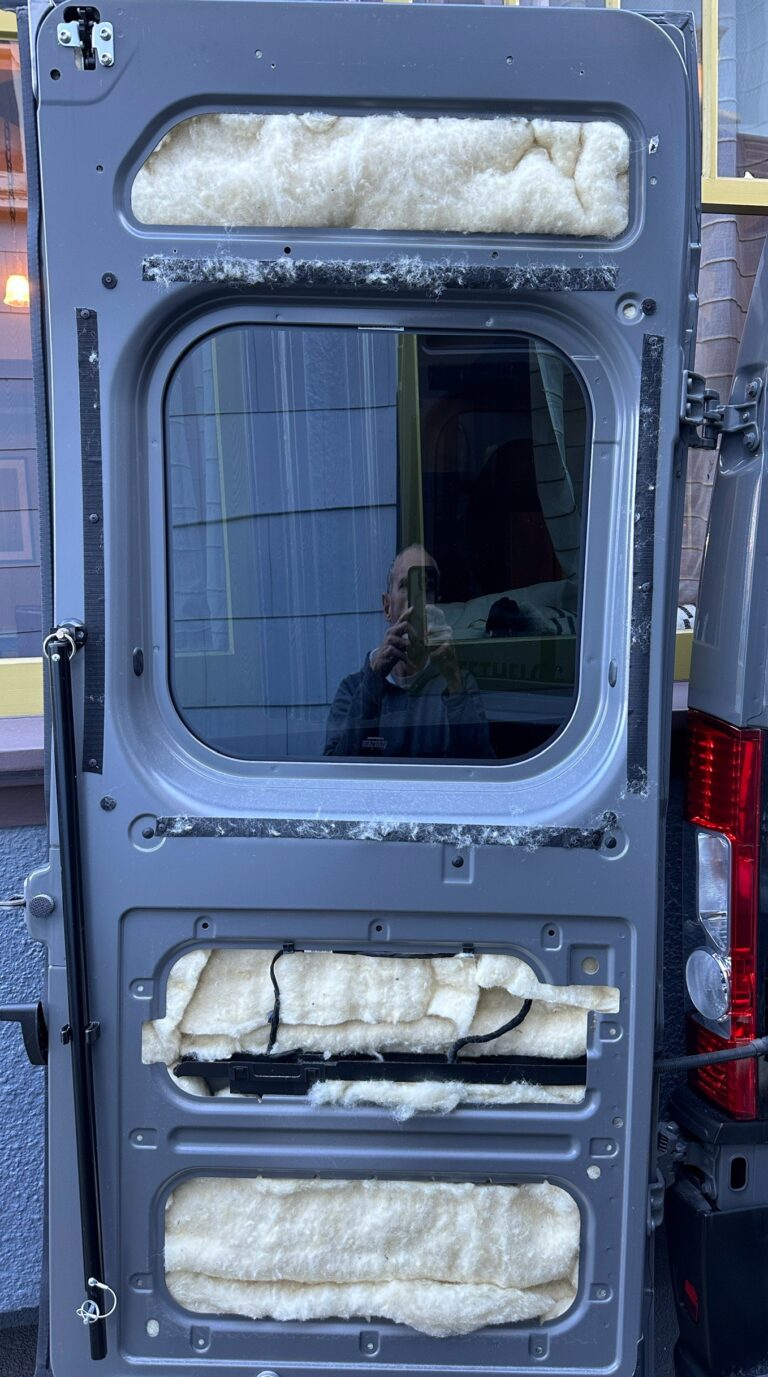
The True Test
Well after taking our van on multiple trips over the past 6 months with the foam insulation, it was time to test it in the cold. I took the van up to Lake Tahoe California in January where the temps got down to 28 degrees. Honestly I was hoping it was going to be in the single digits. I know people who have my exact van who have not c hanged their insulation and did fine into the single digits. My assumption is that my propane heater will not have to work as hard to keep the interior warm.
Now as you can imagine, a true test of how one insulation compares to another ,outside of a lab is difficult. So I won’t try to pull the wool over your eyes by giving you unproven claims comparing the pre and post insulating results.
What I can tell you is the propane heater went quite a longtime between shutting off and turning on again compared to camping in temperatures that only got down to the 40’s. It is clear to me that even without real data, that the van is much more temperature efficient vs the foam blocks I removed.
The sound dampening qualities were probably the biggest thing I could immediately notice. From sitting in the van near a busy street to driving down the freeway. There is no debating the amazing sound dampening qualities of their wool insulation.
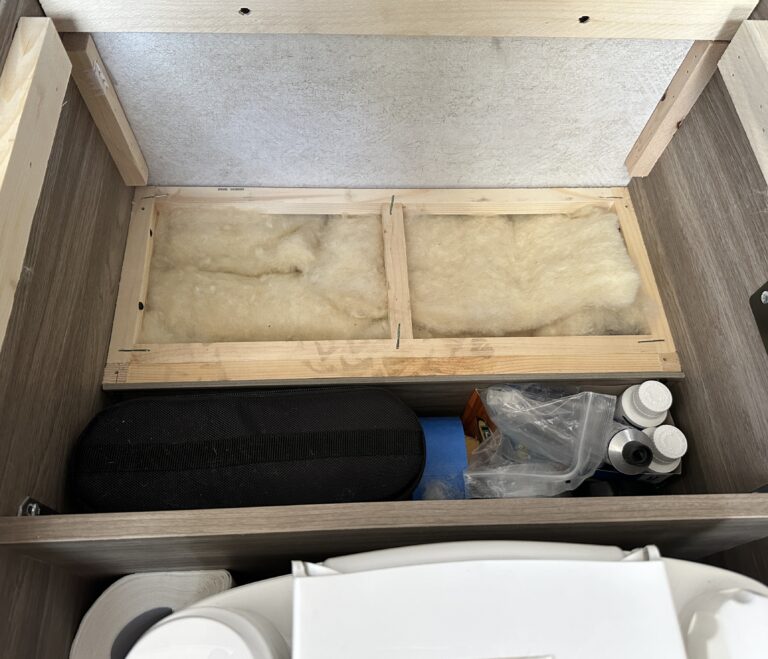
Our Concluson
Without a doubt, if I was building a van myself from an empty shell, I would absolutely use havelock wool. The ability to insulate every large and small area of the van, no matter how tight the space, is a win in my book. That along with how easy it is to work with.
I remember the days of helping my dad insulate houses with fiberglass insulation. I was itching for days after those projects and had to wear a mask the whole time.
While my van did smell like a petting zoo for a week after the wool was installed, it really wasn’t an unpleasant smell. No more smell now, just great sound dampening and heat retention. I am looking forward to seeing how it performs in even colder climates and in the summer heat.
So there you have it. We love this product. We hope you take some time to look around their website to learn about all the benefits of Havelock wool in your van. If you have any questions or would like to see some of the many pictures I took, just leave a comment below. Havelock Wool Insulation For Vans
For other cold weather products, check out our review of the Mountain Hardware Down Quilt for staying warm outside.
If you have any questions or comments about this product, please submit them in the comments section below.
Sign up for our NEWSLETTER so you never miss out on what’s going on at Get Off The Log. Plus, you will be the first to receive our latest campground and product reviews

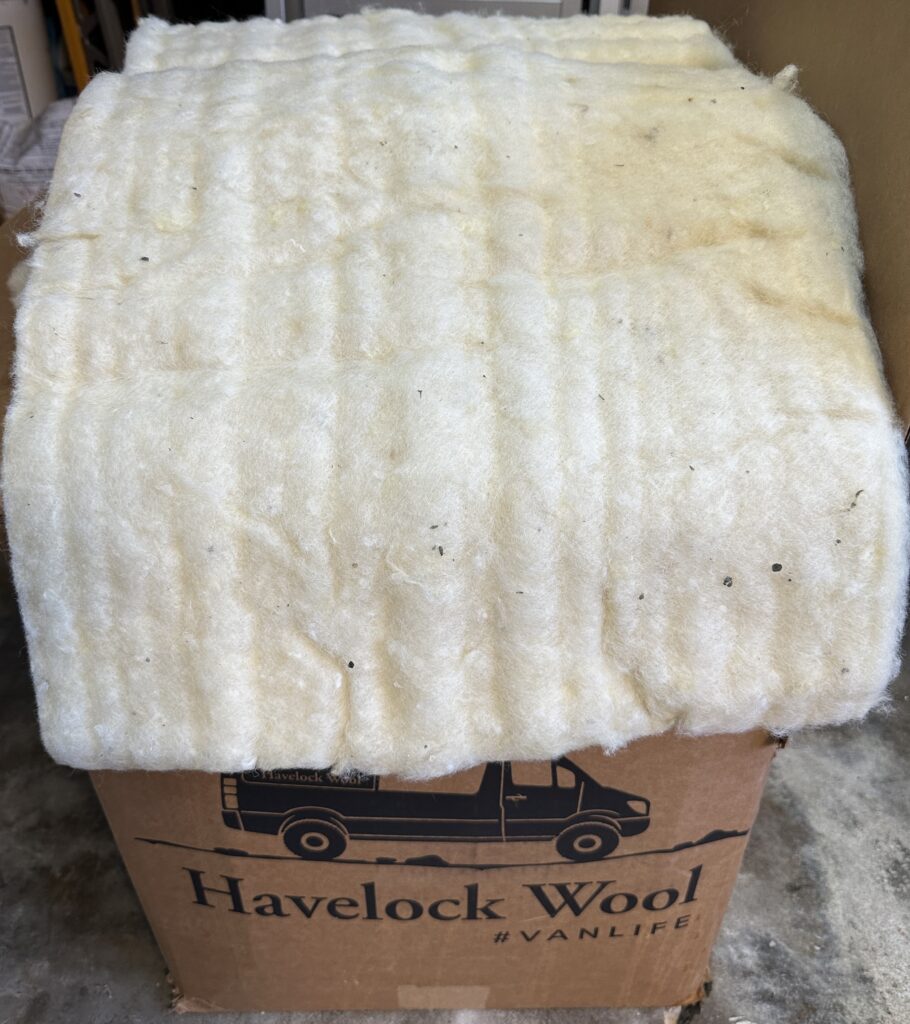
Pingback: Organize Your Van With Custom Fit Rear Door Molle Panels
Pingback: Van Upgrades List - Get Off The Log